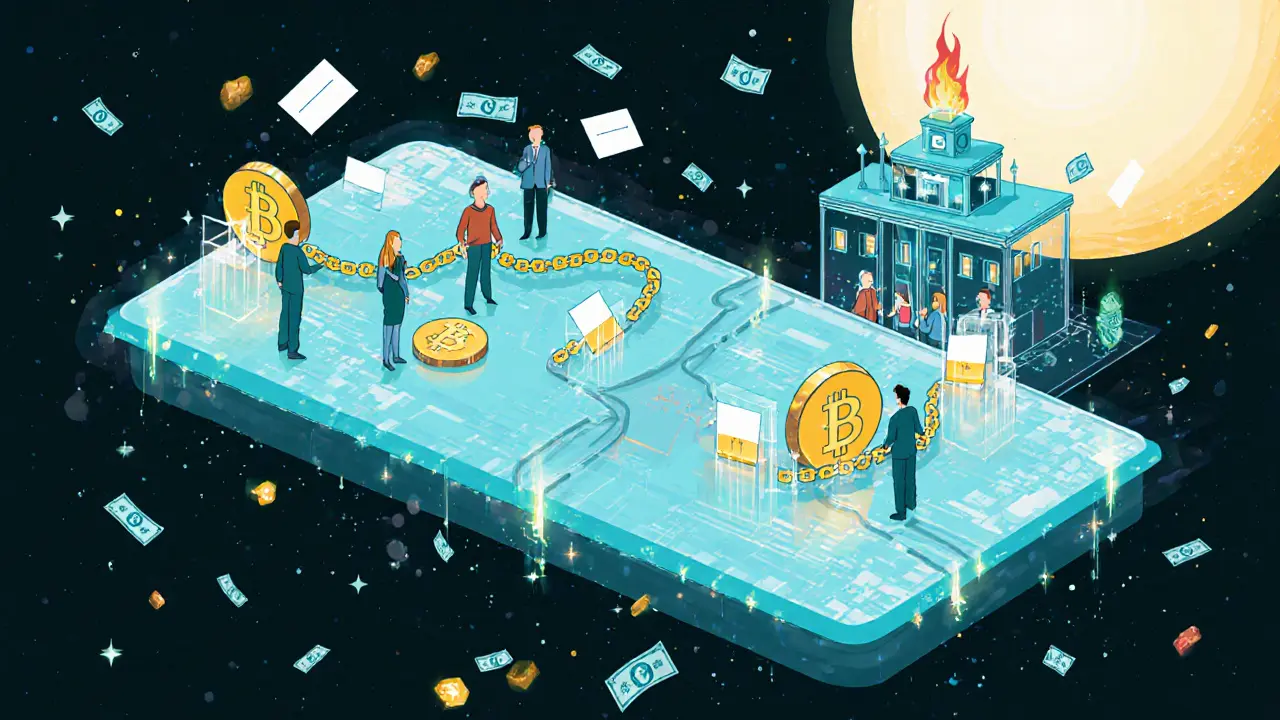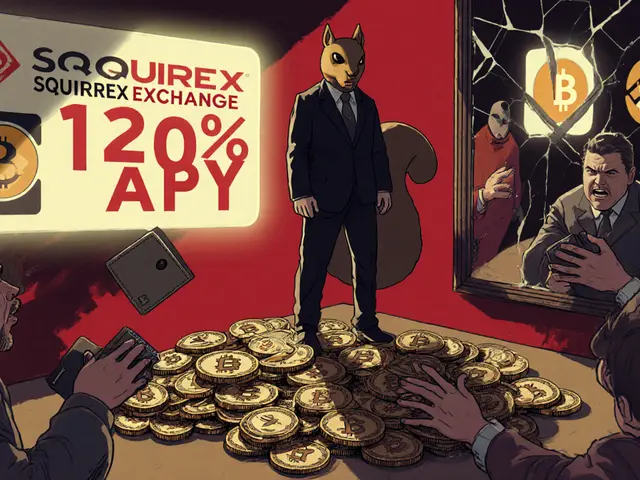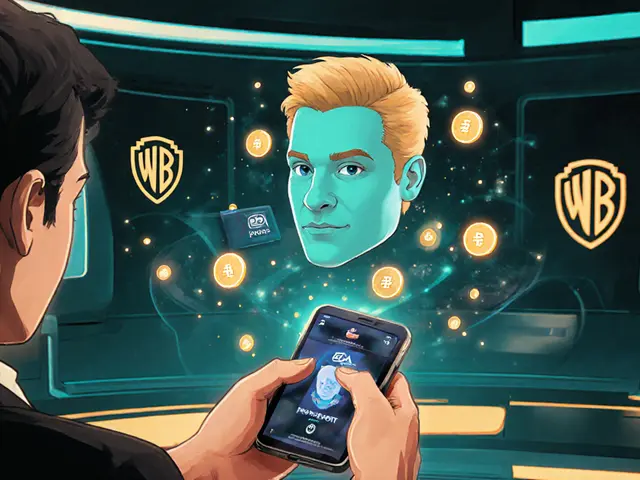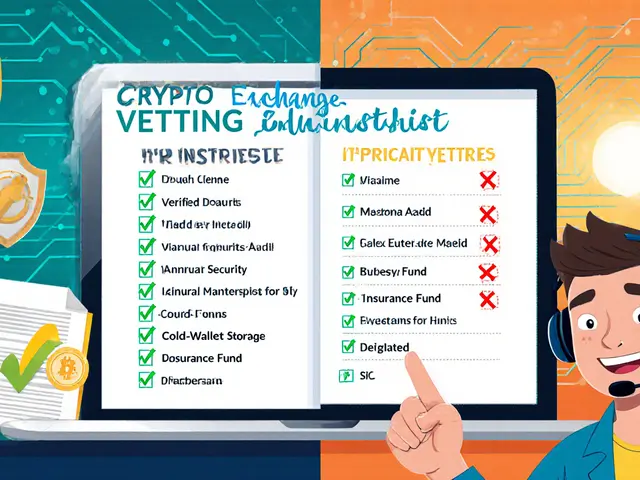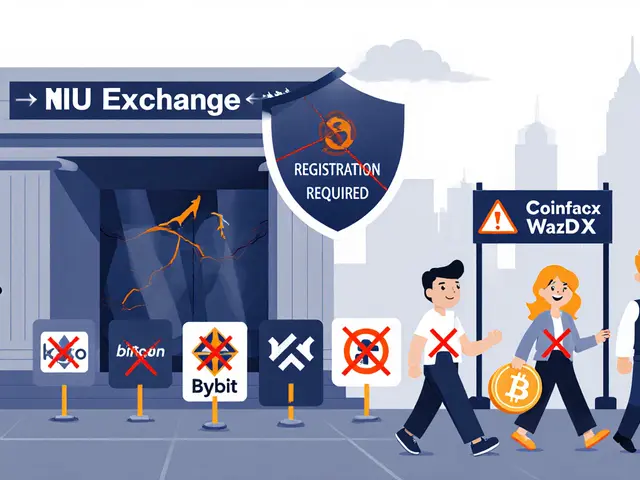Blockchain Governance: How Decisions Are Made in Decentralized Networks
When you hear blockchain governance, the system of rules and processes that decide how a blockchain network changes over time. It's not run by a CEO, a board, or a government—it's run by the people who use it. No single person controls Bitcoin or Ethereum. Instead, changes happen through coordination: developers propose updates, node operators vote, token holders weigh in, and communities debate. This is decentralized decision-making, a method where power is distributed among participants rather than concentrated in one entity. Without it, blockchains would be just as rigid and centralized as traditional systems.
How does this actually work in practice? Take DAOs, organizations governed by code and token-based voting instead of traditional management. They’re used to fund projects, approve treasury spending, or even change a blockchain’s rules. For example, when Ethereum needed to fix a major bug in 2016, it wasn’t a company that decided—thousands of users voted on whether to hard fork. That decision split the network into Ethereum and Ethereum Classic. Or look at on-chain voting, a process where token holders cast votes directly through the blockchain itself. Platforms like Snapshot and Aragon let people vote on proposals without moving funds, reducing risk. But here’s the catch: not everyone votes. Often, a small group of big holders controls outcomes. That’s why governance is always a balance between openness and influence.
And it’s not just about upgrades. Blockchain governance decides who gets paid, how fees are set, how security patches are rolled out, and even how to respond to hacks. When a bridge gets exploited and $200 million vanishes, who decides how to fix it? The community. That’s why understanding governance isn’t just for devs—it’s for anyone holding crypto. If you own tokens, you’re part of the system. Ignoring governance means letting others decide your future.
Below, you’ll find real-world examples of how governance plays out—sometimes smoothly, sometimes messily. From failed votes and community splits to token swaps and protocol upgrades, these stories show what happens when power is truly distributed. You’ll see how NFTs tie into identity, how cross-chain bridges break without clear rules, and why some projects fail because no one knew who was in charge. This isn’t theory. It’s what’s happening right now.

